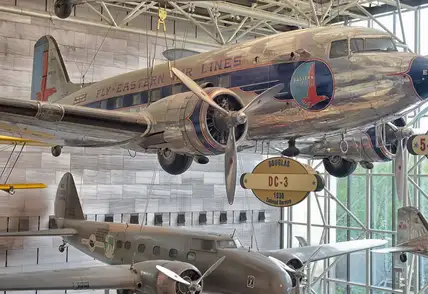Aviation deregulation
Aviation deregulation is the process of removing government control over airfares, routes, and market entry for airlines. In a regulated market, governments decide which airlines can operate, where they can fly, and how much they can charge. Deregulation shifts these decisions to the market, allowing airlines to compete freely.
The most notable example is the Airline Deregulation Act of 1978 in the United States, which ended federal control over domestic air travel. It allowed new entrants to launch operations and let existing carriers choose their own routes and pricing. This opened the door for low-cost carriers like Southwest Airlines to emerge, pushing down ticket prices and giving travelers more options.
In Europe, deregulation began in the 1990s. Airlines based in EU member states were free to operate anywhere in the EU, creating a single European aviation market. This major shift forced many traditional full-service carriers to rethink their business models and adapt to increased competition from both budget airlines and foreign operators.
Over time, aviation deregulation has shaped today’s global air travel network by increasing competition, reducing prices, and improving access.





